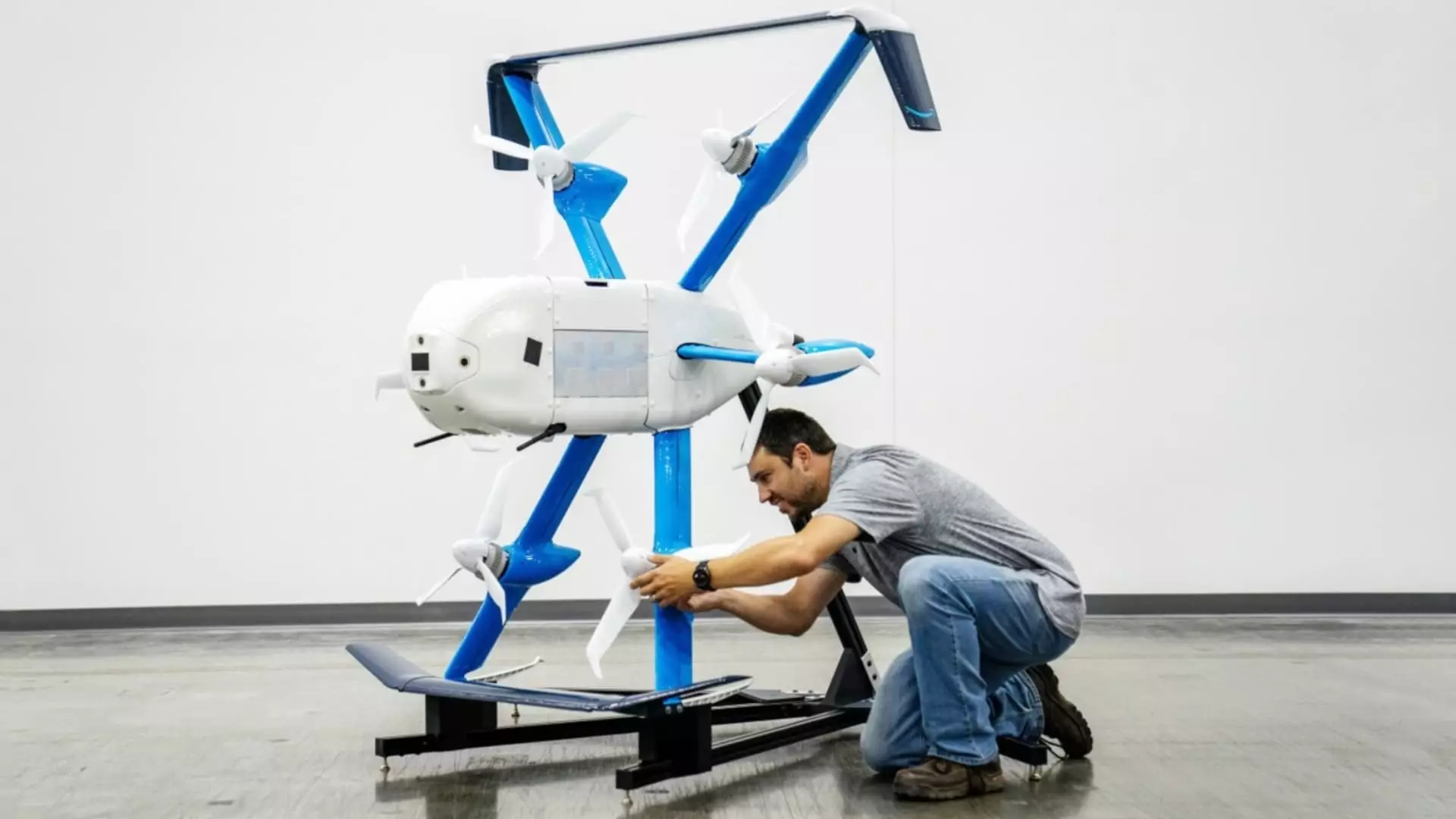In a noteworthy comeback, Amazon has rejuvenated its drone delivery services in College Station, Texas, and Tolleson, Arizona, after a significant hiatus that lasted several months. This reboot, confirmed by the tech giant, marks a transformative period for its Prime Air initiative, which initially experienced a temporary suspension due to software concerns. The catalyst for this interruption was an abnormality detected in the drones’ altitude sensors—an issue attributed to airborne dust that posed potential inaccuracies in altitude readings. Despite the seriousness of this technical complication, Amazon reassured the public that they never encountered an actual safety crisis. The decision to pause operations was a proactive move, demonstrating the company’s commitment to safety and reliability.
Steps Toward Safety and Innovation
The suspension was not merely a reactionary measure; it was part of Amazon’s broader strategy to ensure that the drones remain not just functional, but exceptionally safe. Following a comprehensive software upgrade on its MK30 drone, Amazon sought and received affirmation from the Federal Aviation Administration (FAA), allowing operations to resume. Av Zammit, a spokesperson for Amazon, emphasized that the safety of their customers and operations is paramount to their ethos. The recent software updates mark a significant advancement in their drone technology, affording them the capability to enhance performance while adhering to stringent safety standards.
Demand Surges as Deliveries Resume
Upon reintroduction, the Prime Air service has reportedly encountered an “unprecedented level of demand,” indicating a hunger for rapid delivery services that consumers have long awaited. David Carbon, a notable figure in Amazon’s drone initiative, shared an example emphasizing the efficiency of their latest services, highlighting a notable delivery of ZzzQuil in less than 32 minutes. However, transparency issues plague the company as it remains tight-lipped about the distances these deliveries encompass.
This surge in demand speaks volumes about consumer readiness for innovative delivery modes that can alter shopping habits dramatically. In an age of instant gratification, Amazon’s drone deliveries can play a pivotal role in shaping how customers interact with e-commerce.
Challenges on the Road Ahead
Despite the current excitement surrounding the revitalized Prime Air system, it must be acknowledged that Amazon’s journey has been paved with hurdles. For over a decade, the company’s aspirations to fulfill founder Jeff Bezos’ vision of rapid air deliveries have faced numerous delays and complications. The limited operational footprint—confined primarily to College Station and Tolleson—illustrates the challenges encountered in scaling drone technology for everyday usage. Notably, the program has seen test sites like Lockeford, California, shuttered amid restructuring efforts in 2023, leading to speculations about the program’s overall viability.
Moreover, the drone program has not been insulated from broader corporate challenges, including layoffs that emerged as part of cost-cutting strategies initiated by CEO Andy Jassy. The ambitions of delivering 500 million packages by drone annually by the decade’s end may face significant headwinds if foundational issues are not address promptly.
Innovations Amidst Controversies
The introduction of the MK30 drone is a critical step towards responding to public perception, particularly concerning noise levels. Residents in College Station previously voiced concerns about the disruptive sound of drones, prompting Amazon to innovate a quieter model, which is also capable of flying in light rain. This technological response is coupled with logistical adaptations; the company plans to relocate drone operations further from residential locales to enhance community relations.
Yet, the skies have not been devoid of turbulence. Reports of multiple drone crashes during testing phases at the Pendleton facility serve as sobering reminders of the complexities involved in pioneering drone technology. While Amazon has asserted that these incidents are unrelated to their operational pause, they undeniably cast shadows over the company’s technological reliability and operational integrity.
In navigating an ever-evolving landscape, the tightrope that Amazon walks between innovation and safety continues to grow in complexity. The balance of ambition and accountability will be crucial as the company forges ahead, seeking to redefine the future of delivery systems altogether.


Leave a Reply